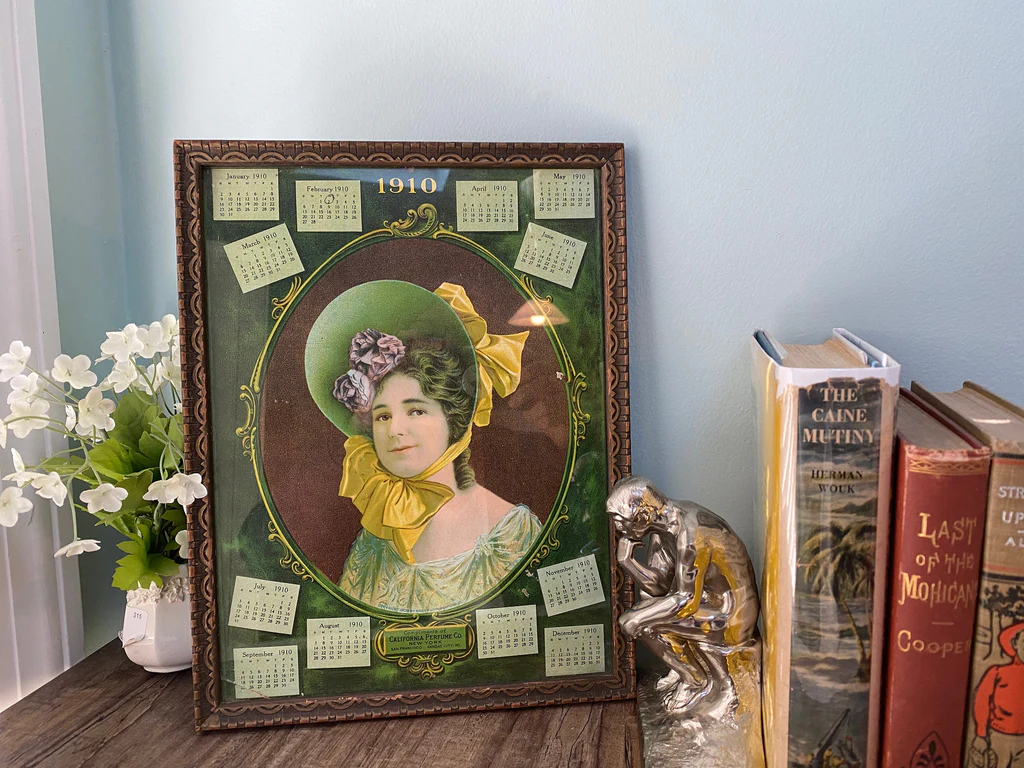The Artistic Legacy of NC Wyeth: Exploring His Iconic Book Illustrations
NC Wyeth was an American artist and illustrator whose iconic book illustrations continue to inspire generations of readers and artists alike. His unique style, attention to detail, and masterful use of color and light brought to life many classic works of literature, including Treasure Island and The Last of the Mohicans. In this blog post, we'll highlight the artistic legacy of NC Wyeth, including some of his most famous book illustrations and discussing why they continue to captivate audiences today.
NC Wyeth was born in Needham, Massachusetts, in 1882, and grew up in a family of artists. He began his career as an illustrator in 1902, creating artwork for magazines and advertisements. However, it was his work as a book illustrator that brought him the greatest recognition and acclaim.
Wyeth's artistic style was characterized by his use of bold colors, dramatic lighting, and attention to detail. His illustrations were often large in size and featured multiple characters and complex scenes. He had a masterful command of color, using it to create depth, texture, and mood in his illustrations. He was also known for his attention to detail, often spending months researching and sketching his subjects before creating the final artwork.
Wyeth's style was heavily influenced by the art of the European Renaissance and the Romantic period. He was particularly drawn to the works of Michelangelo and Rembrandt, whose use of light and shadow inspired his own dramatic lighting effects. He was also influenced by the work of the Romantic painters, such as J.M.W. Turner and Caspar David Friedrich, whose use of nature and landscape helped inspire Wyeth's depictions of the American wilderness.
Overall, NC Wyeth's artistic style was a unique blend of European and American influences, characterized by his bold use of color, dramatic lighting, and attention to detail. His artwork continues to captivate and inspire audiences today, serving as a testament to the power of art to enhance and enrich storytelling.
NC Wyeth's illustrations for Robert Louis Stevenson's Treasure Island are among his most iconic works. The story follows young Jim Hawkins as he sets sail on a dangerous voyage to find buried treasure. Wyeth's illustrations captured the excitement and danger of the story, bringing the characters and settings to life in vivid detail.
One of Wyeth's most memorable illustrations from Treasure Island is the cover image, featuring Long John Silver holding a knife in one hand and a crutch in the other, standing on a rocky shore with the pirate ship in the background. The image perfectly captures the danger and excitement of the story, setting the tone for the adventure that lies ahead.
Another standout illustration from Treasure Island is "The Attack on the Blockhouse," which depicts the battle between the pirates and the defenders of the blockhouse. Wyeth's use of color and lighting creates a sense of chaos and danger, with the bright flashes of gunfire illuminating the scene. The illustration is also notable for its attention to detail, with each character and element of the scene carefully crafted to create a sense of movement and action.
Throughout the book, Wyeth's illustrations serve to enhance the storytelling experience, capturing the excitement and drama of the story while also adding depth and emotion to the characters. His use of color and lighting helps create a sense of place and mood, while his attention to detail adds richness and texture to the illustrations.
NC Wyeth's illustrations for Treasure Island are a masterful example of how art can enhance and enrich storytelling. His bold use of color and attention to detail bring the characters and settings to life in a way that truly captures the spirit of the adventure. NC Wyeth's contributions to American illustration go beyond just his impressive body of work. He played a significant role in shaping the field of illustration and elevating it to the status of fine art.
Wyeth's success as a book illustrator helped raise the profile of the field, bringing attention to the importance of illustration in enhancing and enriching storytelling. He was one of the first American illustrators to achieve international recognition and acclaim, paving the way for future generations of artists to follow in his footsteps. Wyeth's use of bold colors and dramatic lighting, as well as his attention to detail, helped establish a new standard for illustration. His work was so highly regarded that he was often commissioned to create illustrations for special editions of classic literature, such as the Scribner's Classics series, which featured his illustrations for works such as Robin Hood and Robinson Crusoe.
Wyeth also mentored and inspired a generation of artists, including his son Andrew Wyeth, who went on to become one of the most famous American artists of the 20th century. He believed in the importance of passing on his knowledge and expertise to the next generation, and he frequently taught illustration classes and workshops.
NC Wyeth's impact on American illustration cannot be overstated. His innovative use of color, lighting, and attention to detail helped elevate the field to the status of fine art, inspiring future generations of artists to push the boundaries of the medium. His legacy lives on in his iconic illustrations and the impact he had on the field of illustration as a whole.
NC Wyeth's book illustrations remain some of the most iconic and influential works in the history of American art. Through his masterful use of color, light, and landscape, Wyeth brought to life some of the most beloved characters and stories in literature, leaving a lasting legacy that continues to captivate and inspire audiences today. Whether you're a longtime fan of his work or a newcomer to the world of book illustration, the art of NC Wyeth is sure to leave a lasting impression.
A fine example of an N.C.Wyeth illustrated book is available at Duckwells. Sign up for the newsletter to learn when new books are added to the shop.




Comments
Post a Comment